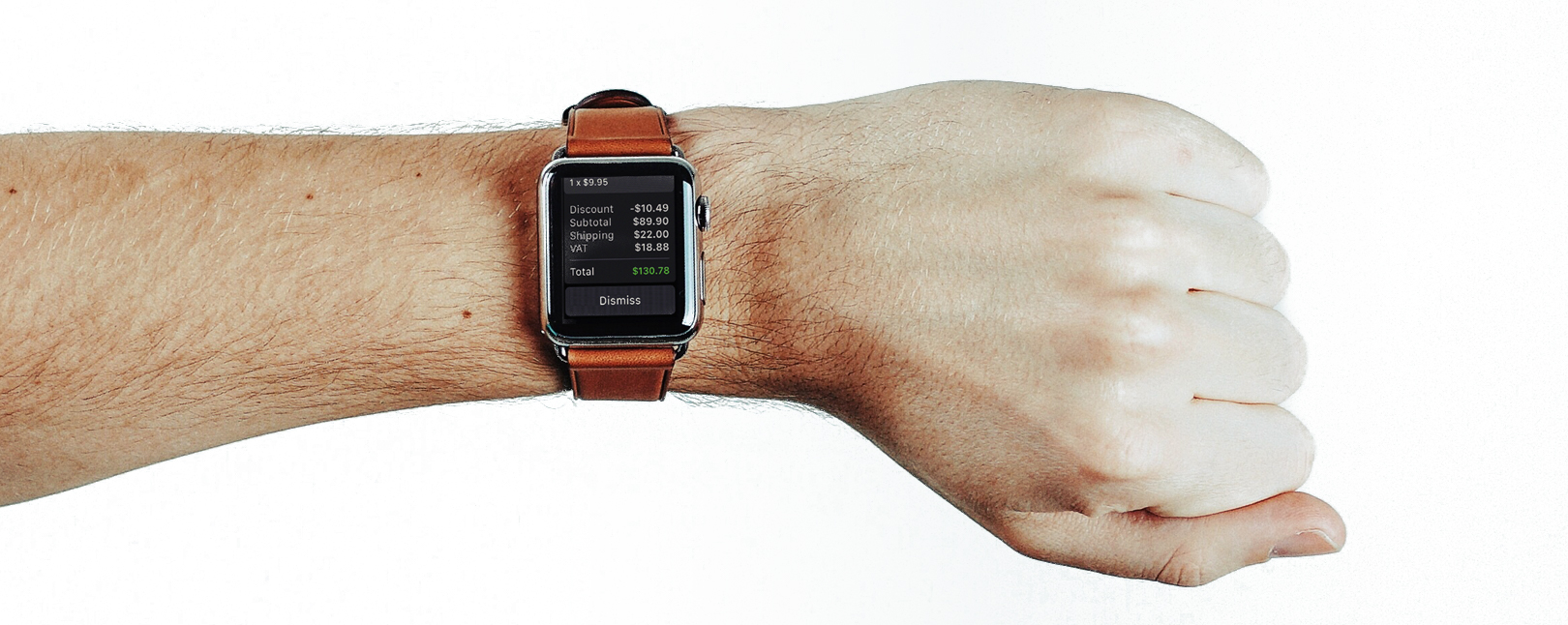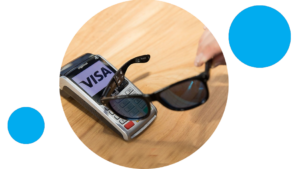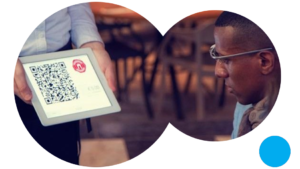Wearable Payments: Shaping the Future of Commerce
How New and Emerging Wearable Payments Will Change the Way We Spend
For decades, credit and debit cards were the consumer go-to when it came to making payments–but research shows that’s all about to change.
The latest data from Juniper Research estimates that mobile payments will rise from $35 billion in 2015 to $95 billion in 2018. Mastercard expects all European stores to accept contactless payments by 2020.
What initiated this dramatic shift in payment styles? Wearable payments.
With contactless payments through various smart devices becoming more common, more people are becoming familiar with wearable payments. But the technology is evolving at a rapid pace and soon will expand far beyond what anyone could have expected.
What Are Wearable Payments?
Essentially, wearable payments are smart devices that store payment information. They facilitate transactions in brick-and-mortar stores, eliminating the need to dig through purses and wallets for cash and cards.
Using near field communication (NFC), wearables rely on knowledge-based authentication such as usernames, passwords, and PINs to verify identity. In the future, it’s expected that the cardholder’s identity will be verified with biometrics, things like fingerprints, heart rate, and iris scans.
Currently, there are numerous wearable payment devices on the market, ready for consumer adoption. However, it is only a matter of time before nearly any device you own could be used to facilitate payments.
The following are just some of the most popular wearable payments.

Jewelry Turned into Payment Devices
As the catalyst of wearable payments, the Apple Watch with Apple Pay is perhaps the most familiar payment facilitator. However, additional options are emerging for those who would rather have something more stylish than tech-savvy.
Visa recently debuted a Tutch payments jewelry line, which includes costume bracelets and analogue watches. Barclaycard bPay chips are slotted into the gold and silver finishes and leather straps for contactless payment.
Looking for something beyond the wrist? Consider Kerv’s smart ring. This wearable allows users to shop directly from their fingers, utilizing near field communication that activates when near a contactless Mastercard reader. And, as a bonus, it doesn’t need to be charged or paired with a smartphone.
Sunglasses Change the Way We View Purchases
Useful for more than just protecting your eyes from ultraviolet rays, sunglasses are looking to be the next big thing in wearable payments.
At this year’s SXSW festival in Austin, Visa unveiled a prototype of payment-enabled sunglasses with a design that is nearly identical to the ones you currently wear. With a NFC chip built into one of the arms, the user’s account is linked to easily enable purchases with a tap at the payment terminal.
Nod to Pay with Google Glass
For those who stay up-to-date on the latest happenings in the world of technology, the issues with Google Glass are well-known.
Despite those issues, it introduced one of the most advanced contactless payment methods in wearables–nod to pay. Using an app called Eaze, Glass owners make nodding head gestures to confirm payments.
This payment method is currently only available at retailers that accept bitcoins. However, Eaze maintains the goal of adding flat currencies and working with entities like PayPal in the future.
Payments at the Tip of Your Finger
Interested in wearable payments that you’ll never worry about leaving at home? Try one that can be worn on your fingernails.
British student Lucie David designed nail press-ons that contain the same radio frequency identification (RFID) chip that’s found in the Oyster cards used for the London Underground.
Rather than dig through a wallet, a simple swipe of the hand will process your payment and get you moving toward your destination.
Tattoos that Pay
No, you haven’t entered the Matrix: making payments with your skin is a real concept in 2017.
In keeping with the theme of wearables merging with our bodies, health tech firm MC10 and Irish custom design group PCH have teamed up to create this futuristic technology. These “tattoos” will be flexible, breathable, and disposable – applying seamlessly to the skin for easier transactions.
Like other wearables, these tattoos utilize NFC technology to communicate with smartphones and contactless readers. Once removed from the body, the stamps are designed to tear and become unreadable so that the stored information is not compromised.
Buyer Beware
While the evolution of wearables is certainly exciting, consumers should consider the risks when embracing this new payment technology.
While credit and debit card processes are fairly universal for all banks and merchants, each wearable payment platform will come with its own functionality. Learning how to conduct safe and responsible transactions with each device will be challenging. Without a detailed understanding of how each product works, your personal and financial information could be compromised.
If you do experiment with wearable payments and encounter trouble, contact eConsumer Services for assistance. We can help you secure a refund, cancel recurring payments, or challenge cases of criminal fraud.
The future is now. Are you ready for wearable payments?






